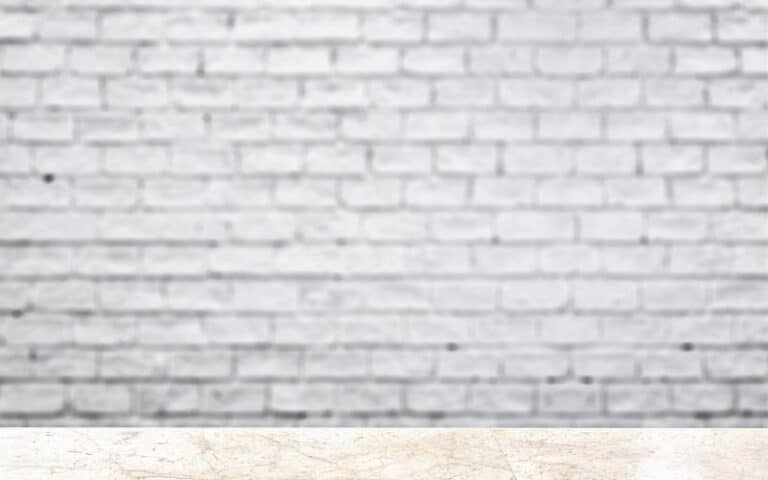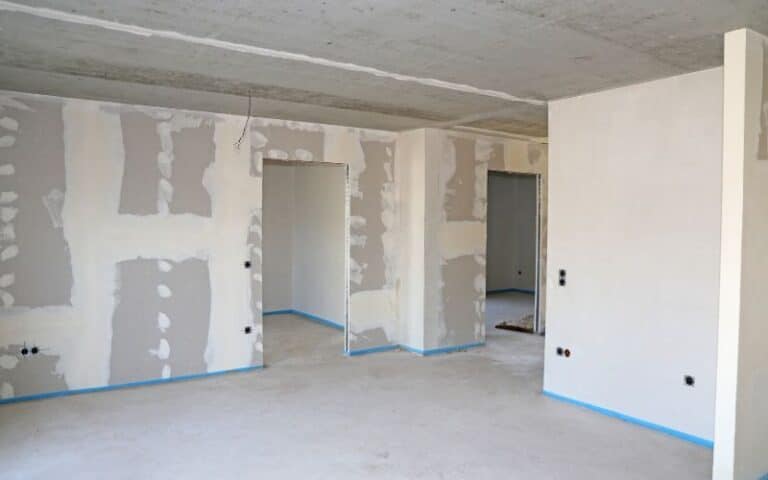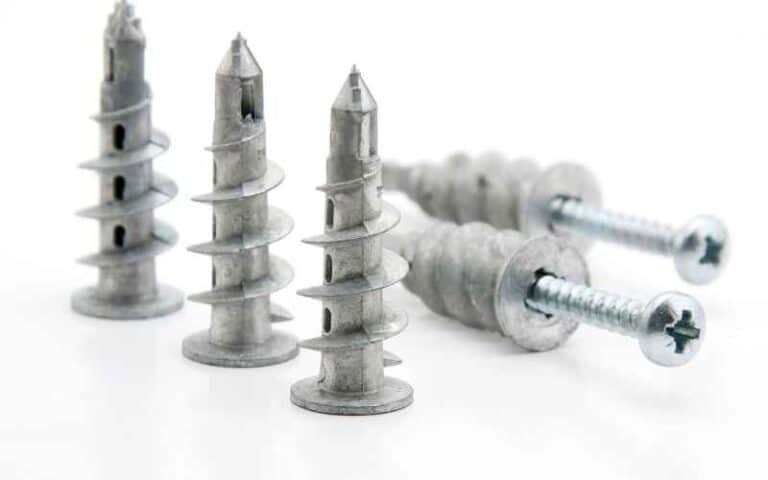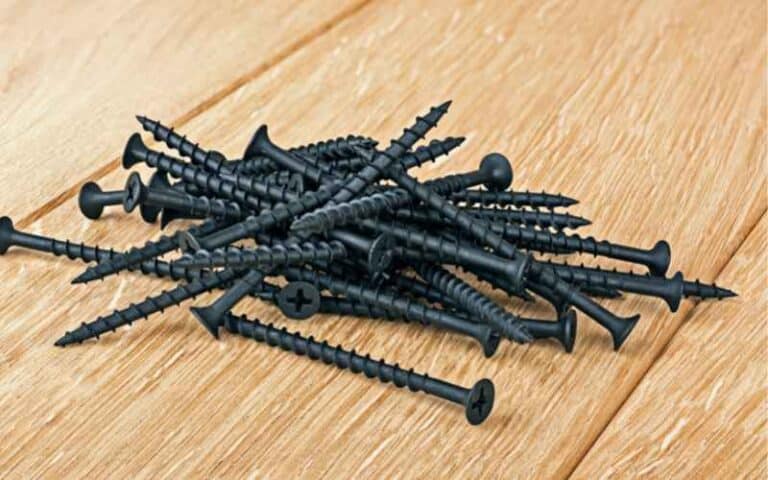Drywalls can often seem the same to you, and if you’re not careful, you’ll go out there and get one that wouldn’t be best for you.
Hence, before buying a drywall, it’s right to know their different specifications and which would suit your needs.
Hence, considering what drywall would be best for your kitchen, here is my candid opinion.
No, you can’t use regular drywall in a kitchen for specific important reasons. First, regular drywall shouldn’t get wet because its architecture doesn’t support that, and your kitchen is one of the humidity-prone spaces in your home. To illustrate further, exposing regular drywall to constant moisture will make it moldy, generating smell and subsequent damage.
I’ve written this article to help you with the necessary information you need while deciding what drywall would be a perfect fit for your kitchen.
Ready for a Drywall Quiz?
Is Regular Drywall Enough for a Kitchen?

The kitchen is one of the parts of your home that’s constantly warm and humid because of cooking effects. Therefore, fixing regular drywall in it will only damage the drywall.
So, You’re not supposed to use regular drywall in a kitchen because its makeup doesn’t support humidity. If water gets into the drywall, it’ll become humid, and molds will begin to grow on it.
Often you might be tempted to use regular drywall in your kitchen because it’s cheaper than other drywalls.
However, that’ll be at the expense of you having to solve mold issues when they arise. To avoid that from happening, look for and buy standard drywalls.
Standard drywalls differ from regular drywalls in that they’re water-resistant and mold-resistant.
The architecture of regular drywall is such that it doesn’t support its use in a kitchen; however, you can still use it in other parts of your home.
To illustrate, you can use regular drywall in your basement, bedroom, living room, and even hallways.
Also, it’s essential to know the different types of drywalls as that will guide you better in knowing what part of your home suits them.
Drywalls differ in their colors; another name for regular drywall is whiteboard because of the white outer surface.
You’ll be a step ahead if you can identify a whiteboard (regular drywall) from other types of drywall, such as green board.
You’ll often wonder why drywalls differ and why you can’t use them randomly in your house.
Well, the answer to that is simple; where’s the joy in having all drywalls performing the same functions or, worst, having identical features?
Hence, the most important is for you to know that while regular drywalls don’t have mold-resistant properties, the standard ones do.
So, rather than using regular drywall for your kitchen, it’ll be best to get a standard one that’s mold resistant.
Do You Need Mold Resistant Drywall In Your Kitchen?
A mold-resistant drywall, AKA green board, gets its name because it resists water entry and won’t have mold problems.
A green board is different from regular drywall because you can fix it in any part of the house without fear of mold growth.
Because of the regular cooking inside, your kitchen is one part of the house with regular moisture exposure.
So if you install drywall that doesn’t have moisture resistance, you’ll spend a lot of money fixing molds when they erupt.
A mold-resistant drywall like the green board is more expensive than regular drywall, so you might feel tempted to go for the latter.
However, the money you’ll spend getting the mold-resistant drywall will prevent further expenses of fixing molds that’ll subsequently grow on the regular drywalls.
This table shows the differences between standard drywall (mold-resistant) and regular drywall (mold non-resistant).
| Standard Drywall | Regular Drywall |
|---|---|
| This one has a mold-resistant gypsum interior layer. | This type of drywall doesn’t have a mold-resistant gypsum interior layer. |
| The layers of standard drywall don’t permit water entry. | The layers of regular drywall permit water entry. |
| A standard drywall has an inbuilt mold inhibitor. | Regular drywall doesn’t have a mold inhibitor. |
| It’s more expensive than regular drywall. | It’s cheaper than mold-resistant drywall. |
| You can use standard drywall in all areas of your home that gets in contact with water. | There’s a restriction to its application; for example, you can’t use it in the kitchen. |
Now, you might wonder what mold-resistant drywalls are out there. Below are the two most common standard drywalls in the market.
#1. Fiberglass Facing Drywall
This type of mold-resistant drywall is non-organic, so there wouldn’t be any chance for molds to grow; organic materials serve as food for molds and encourage their growth.
The fiberglass facing has dual functions for both facing and backing drywall panels. The essence is that you wouldn’t need to use paper for the drywall panels; it has dual purposes.
#2. Homogenous Mold-resistant Drywall
This drywall is homogenous in its design because it’s entirely of a gypsum composition.
Because of the devoid layer of paper, there isn’t going to be water retention that may subsequently give rise to mold growth.
What Is the Best Drywall for a Kitchen?
The best drywall for a kitchen would be mold-resistant since the kitchen’s atmosphere isn’t as dry as in other parts.
One of the best mold-resistant drywalls is a green board; it has an internal gypsum layer that doesn’t permit water entry and is, therefore, mold-resistant.
A mold-resistant drywall is best for your kitchen because, with them, you wouldn’t need to worry about mold problems.
If you use drywall that’s different from the one with a mold-resistant interior, mold will grow in it with continuous exposure to water.
Apart from the kitchen, the bathroom is another part of your home that’ll go well with mold-resistant drywall.
The simple cascade of how mold grows is that when water enters the drywall, it gets damp; subsequently, it begins to smell due to the growth of molds.
The work of mold-resistant drywall is to prevent that cascade which ultimately would prevent the generation of smell and mold.
A green board is a perfect example of mold-resistant drywall that’ll perfectly fit your kitchen and other water-prone parts of your home.
However, you might wonder if green boards are 100% water or mold-resistant. The truth is, although they’re mold-resistant, I won’t give them a 100%.
Hence, apart from a green board, there are other brands of mold-resistant drywalls that, if you use them, will prevent mold from growing. They include purple drywall and cement drywall.
Do You Need Green Boards In the Kitchen?
It would be best if you had a green board in your kitchen so that moisture doesn’t get and give way to mold growth. Green Boards have a gypsum coating that prevents mold growth.
Aside from the fact that green boards are mold-resistant, they also have fire-resistant properties that give some protection from fire.
Hence, having a green board in your kitchen will shield the space against mold growth and fire outbreak protection.
Also, if you don’t know a green board, you might not know what differentiates it from regular drywall, especially in terms of appearance.
However, they aren’t far from each other because what differentiates them is that, unlike regular drywall, a green board has a thicker coating.
Furthermore, regular drywall is less expensive than green boards. So, in the long run, it’ll save you from further expenses.
These expenses include fixing mold problems from using the cheaper regular drywall. So, getting green drywall or any other mold-resistant drywall is your most reasonable option.






